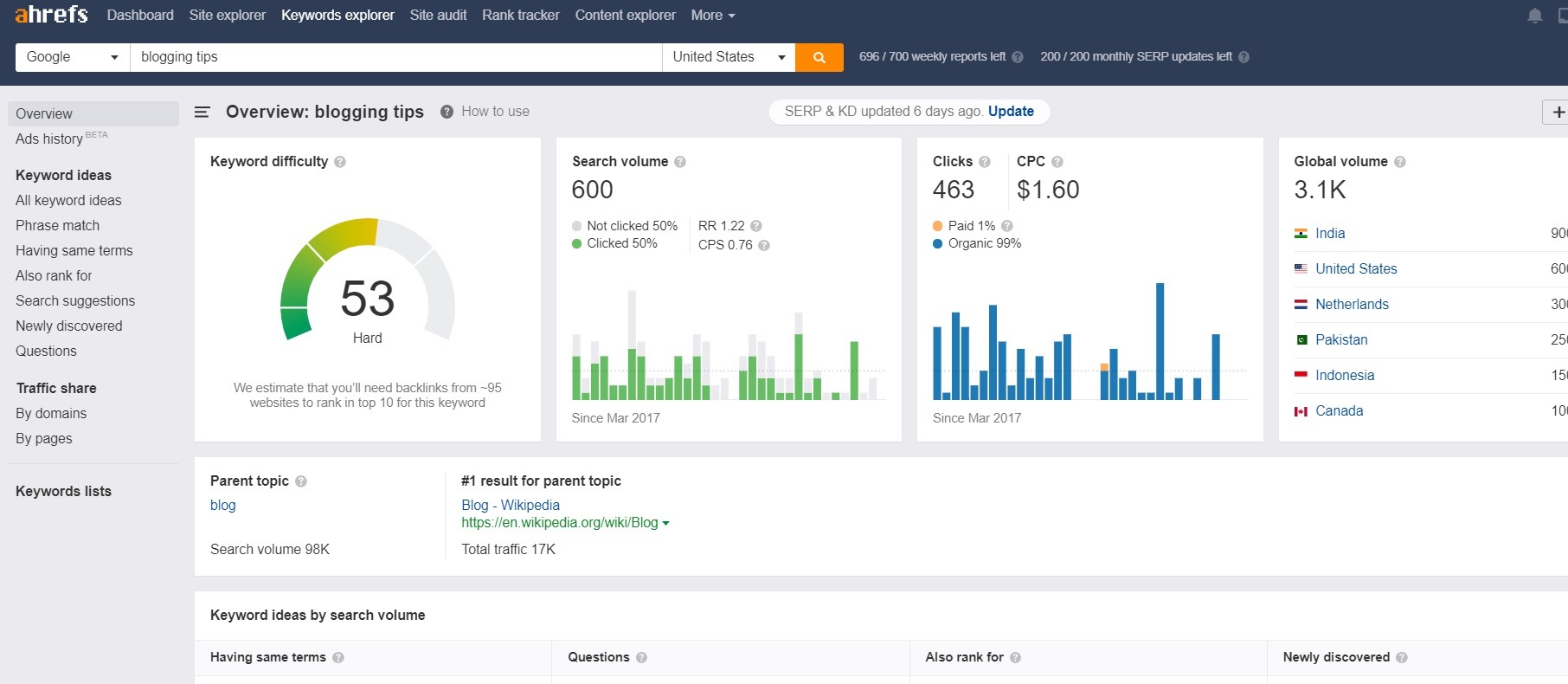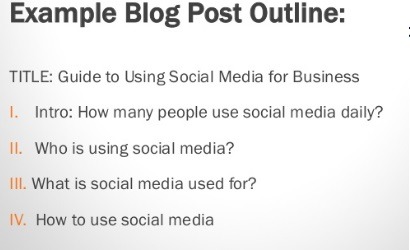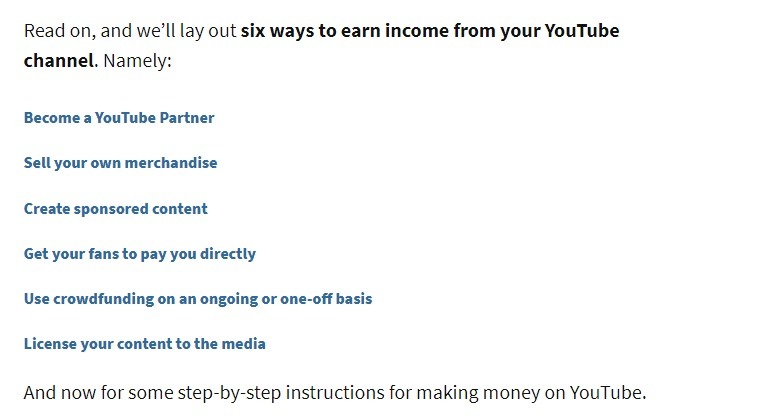Founding a blog is easy, but organizing it is quite difficult because the blog requires consistent posting on various topics that are left to the public.
A website without a blog makes you unaware of many things, including weak search engine optimization (SEO), no advertising content and less informative content.
Blog is the way a brand or website shares insights, reviews and stories with its readers.
Why are blogs important for a brand / website?
The blog helps the traffic of your website to grow, because it consistently integrates your audience with your brand. Blog is an important practice in marketing and search engine optimization, since your blog helps your site to rank in the SERP, and you will be recognized more.
If you write the blog post relative to your niche, customers can easily clarify your products and as a retailer, you write blogs about your products and compare multiple objects.
Here are the top trending tips for writing blog content
Before we rush to the tips, we have mentioned some of the usual templates for writing the blog post.
-
“How To” Posts
-
Listing article
-
“What is” posts
-
Newsjacking Article
-
Informative article
-
The pillar pages
Research on your topic
Before you write a blog post, you may have a concept of what to write. Combine these ideas and make a suitable title for your blog post and search for the topic on the Internet.
First, research on keyword to generate the best keyword for your blog post. When selecting the keyword, keep in mind to select the keyword with less difficulty, but relative to your site. This keyword must be placed in the title and post, if it looks natural.
Like if you are a marketer and want to share your experience, knowledge, then write about techniques for modern marketing and use keywords that is relative about what to follow and what you should leave in marketing.
If you ignore the research, then you can stay away from the queries that are usually sought by users over the Internet. There are various keyword research tools such as ahrefs, MOZ Keyword Explorer. This helps researchers to know volume, CTR, difficulty and much more about a specific keyword.
Create a stunning headline
More than 80% of readers come to your post by reading the headline. Headline is the title that explains the post and it is the answer to why readers should read this article. According to SEO guidelines, the title must contain the keyword for which you want to rank.
In this way, search engines such as Google can easily identify your article by the keyword you use. The title should be made up of limited words, but the concept of the title must go beyond that.
If you write a blog post about the blogging tips, or about writing improvement tips some of the most common examples of writing the titles are:
“Top blogging tips for your blog that would boost your traffic”
“The best blogging tips for beginners”
“Blogging Tips to Apply to Your Blog”
This makes your titles look attractive and informative, which keeps the user interested in reading the full article.
If you still have no idea how to create an optimized title for your article including keyword, then take advantage of the tools available online. You can use tools like SEMrush Title Generator, HubSpot Title Maker, which make default wording in the title.
Start with the introduction
After researching and creating the title, go for writing the blog post. First, create an introductory paragraph that contains the attractive lines that explain the entire content of the body.
Most readers only read a few lines of the introduction and if they feel interesting, they go to the rest of the article. Otherwise, they will not continue reading your article after reading your introduction.
Bloggers use numerous tactics to involve the user in the introduction, such as telling an interesting story or joke, using any interesting fact or statistic, and being empathetic.
One of the best ways of writing the introduction is to claim what you are going to write through writing the idea discussed in the article, and this will give the reader the reason to stay or leave the blog.
Start by writing the blog post
Well, the main part comes where you have to write the original content of your blog. Before you write the post, try to make the outlines of the context you are going to write, this will help you remember every single point that is in your head.
After creating a sketch, use it as a guide and cover all points, write down all the authentic things you know about the content, and have additional research, examples, statistics and references, if needed.
The quality of writing depends on your ability and mind, but some tools can help you write as they are mentioned below:
Text Optimizer: This is an online tool that would create ideas for your content to make subheadings. Subheadings are important and a key way to index and rank on Google. The tool also predicts the number of searches on the title as well as similar titles.
Power Thesaurus: A powerful tool that suggests the synonyms for the words you use when writing.
Plagiarism Checker: The Plagiarism checker free online tool is very important for bloggers because it helps the author verify copied content in his article. If you ignore the plagiarised content, Google or other channels could punish your blog by removing it from the search engine.
Grammar Checker: Not everyone is perfect at writing and in this respect, you should use the Grammar Checker to get your content error-free.
Proofread / completion of your post
It is the last step before publication and it needs high attention. Read the entire content from the beginning and observe the concept as a reader. It is beneficial to ask any friend or collaborator to read your article in order to notice an error.
In this step, add hyperlinks, graphics, videos, GIFs, and other supporting material. Change the sentence that sounds complex for better explanation, because search engines and readers always like to read the article in simple wordings.




